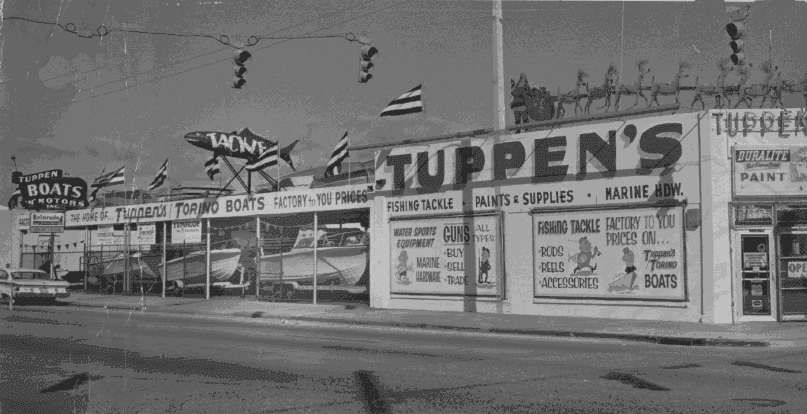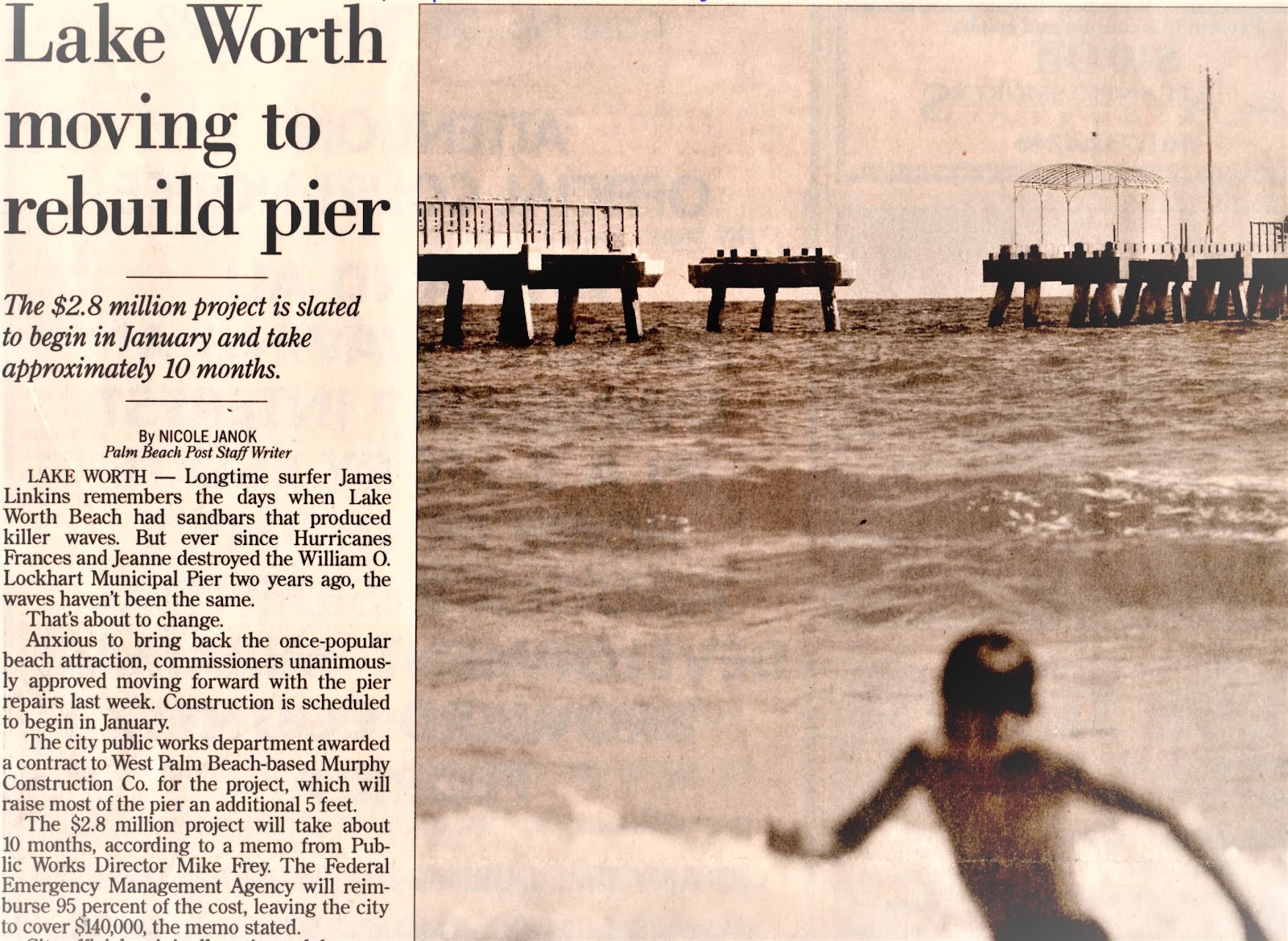It struck me after hearing the various presentations that the ocean outfall was not that bad of an alternative - but the perception of dumping what is called "wastewater" in the ocean is difficult to overcome in the eye of public opinion.
This is a piece that Pat Parrish asked that I put together regarding the Reverse Osmosis ocean outfall. Drew Martin was to put together one against issuance of the permit. Don't forget to pick up a copy of the Herald to read both points of view!
Title:
Now, think about our geography as a region. We have another honor in that we are one of the longest urbanized areas in the Country. We are about the same length as the
Like the 1971 Earth Day “Pogo” Cartoon so succinctly put: “We have met the enemy and he is us.” We are placing more demands upon a sensitive eco-system with every new person that moves here. Each drink of water, flush of the toilet and turn of the spigot is more than nature or man ever anticipated. The results have been most recently demonstrated by our current record drought situation, the shrinking of
In search of a stable source of potable water, a previous City Commission chose to go forward with its own reverse osmosis plant instead of contracting with Palm Beach County Water Utilities as a supplemental source of water due to probable saltwater intrusion into the surficial aquifer. This became necessary by the South Florida Water Management District’s reduction of our permit to draw water from the surficial aquifer – from 7.5 million to 5.5 million gallons per day. Our City of
Regardless of your position on whether or not going forward with the reverse osmosis plant was a good idea for the City of Lake Worth, $40 million in bonds have been issued, plans have been drawn, work has been started and a permit to discharge 4 million gallons a day of “concentrate” – the waste product from the reverse osmosis treatment of the salty water drawn from the Floridan aquifer – may be issued by the Florida Department of Environmental Protection (DEP). For a whole lot of money and possible impact to our off-shore natural resources, we are hanging on to our status as a “full service city”. Hopefully this will guarantee our own municipal water source for a future generation - maybe. Hubris and necessity have a price.
In reviewing a discharge permit application, DEP officials examine four main criteria to determine whether or not such a permit would be in the public interest. One is reduction upon the reliance on the surficial aquifer which is vulnerable to saltwater intrusion. With the reverse osmosis plant taking its water source from the shallower Floridan aquifer, this criterion is met. Another criterion is that the discharge of concentrate does not create a public health hazard. The concentrate would not have bacteria or suspended solids, so it meets this criterion according to DEP. A third criterion is that the discharge of this concentrate would not have an impact on the Surface Water Management Plan and, given the ocean location of the existing dormant outfall, it wouldn’t impact that resource.
Nutrients have been linked to reef degradation and algal growth, which smothers reefs. Concern about the release of the concentrate through the existing ocean outfall relates to its potential impact on the coral reef system. This includes the Horseshoe Reef that is approximately 5,000 feet (slightly less than one mile) from the discharge point. In DEP’s opinion, based upon the experts working on the City’s behalf and their own professional experience, the scientific modeling showed no impact to the reef system – the final criterion upon which an application is judged. Experts concluded that the additional nutrients carried within this lighter-than-ocean-water concentrate would be ten times less nutrient laden than the next closest source of nutrients – that being rainwater. It is further dwarfed by other point sources of nutrient contamination along
Other alternatives to the discharge have been examined and discarded due to excessive cost, impracticalities or other negative environmental impacts. Also being discussed is a possible Lake Worth Lagoon discharge.
So,
The point here is that we really need to do all we reasonably can to control the large point-source contributors of nutrients to the ocean’s ecology from
Taking all this into consideration, DEP should issue the discharge permit with these and other applicable conditions to safeguard our reef system for future generations – along with a providing a reliable and relatively economical supply of drinking water for the 40,000 residents of Lake Worth.





